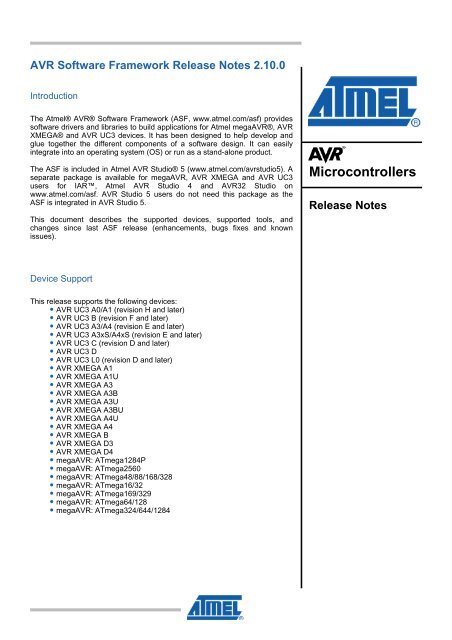

The two LEDs should light up and then the red LED will remain ON. After the firmware has been uploaded to the board, disconnect and reconnect it. In the left column of the FLIP window, check the "Erase", "Program" and "Verify" checkboxes. Click on the "Open Book" and load the firmware. If the AT90usb162 is brand new (empty), it will automatically start in bootloader mode.ĭownload the pre-compiled firmware. To program the board, jumper the HWB pins. Then click on the "usb cable" icon, select USB and OPEN. Start FLIP, click on the "CHIP" icon and select at90usb162 from the list.
#Atmel flip software install
I opted to install the version with JRE, as the installation would then take care of all dependencies and environment variables required.Īfter the software is installed, install the DFU drivers from the \Program Files\Atmel\Flip 3.4.7\usb folder. 2 versions of the software are available at the Atmel site - with and without JRE. The software requires Java Runtime Environment.
#Atmel flip software download
Download and install the Atmel FLIP software. The FabPDI-t90usb is a DFU class device and can be programmed via the DFU protocol. The revised schematic & pcb layout are below. I did this by shifting the placement of some of the components and changing the location of one of the 0 ohm resistors. I have since revised my PCB layout to make it a bit smaller and easier to mill on our Fablab standard 3" x 2" copper blanks. You should see a new device called at90usb162 DFU. In Linux, enter the command lsusb in a terminal screen. In Windows, the FabPDI-t90usb identifies itself as an AT90USB162 device. In Windows, check Device Manager to verify that the board is correctly detected by the system. The pins on this device are very fine and close together, so care must be taken in soldering this chip.Ĭompleted FabPDI-t90usb board Testing the boardĪfter milling & stuffing the FabPDI-t90usb, connect it to a USB port. Most of the traces are 15 mil wide, except for the traces connected to the GTL2003-PW voltage level translator. This allows you to add components in the PCB editor, but you lose the ability to do forward or backward annotation. You can do this by closing the Schematic editor. To add a 0 ohm resistor in Eagle board layout, you need to de-link the PCB editor from the Schematic editor. Tip: when I started laying out the PCB, I did not know if I needed any 0 ohm resistors or where they should be located. I opted to use a jumper wire to save time, instead of trying to change the component placement and re-route the entire board. There are 2 other 0 ohm resistors in my design. Note the use of a jumper wire at the top left of the pcb layout diagram. Since I was only interested in implementing the PDI and ISP protocols, I left out the TPI programming interface, to reduce the dimensions of the PCB. The AVRISP-MkII clone project at fourwalledcubicle supports PDI, ISP and TPI programming. My main references for this project were: There are 2 steps involved in building the FabPDI-t90usb programmer:
#Atmel flip software Patch
Since the FabPDI-t90usb board is a clone of the AVRISP-MkII, it will work directly with standard versions of AVRDUDE without any need to patch the software. You could substitute the AT90usb162 by other members of the AT90usb family or the ATmega16U2 or higher devices, as long as it has > 16 kB memory and hardware USB support. The FabPDI-t90usb programmer is a PDI/ISP programmer, based on Atmel's AVRISP-MkII.


 0 kommentar(er)
0 kommentar(er)
